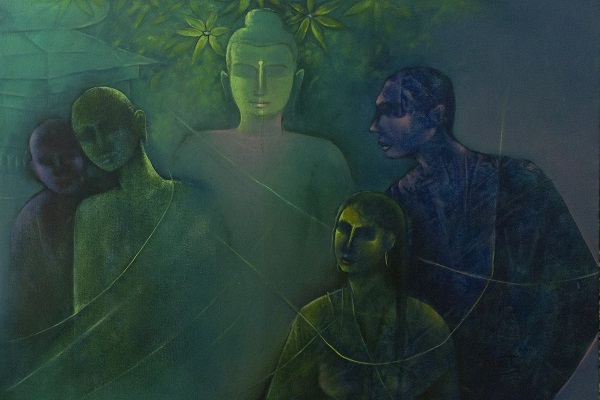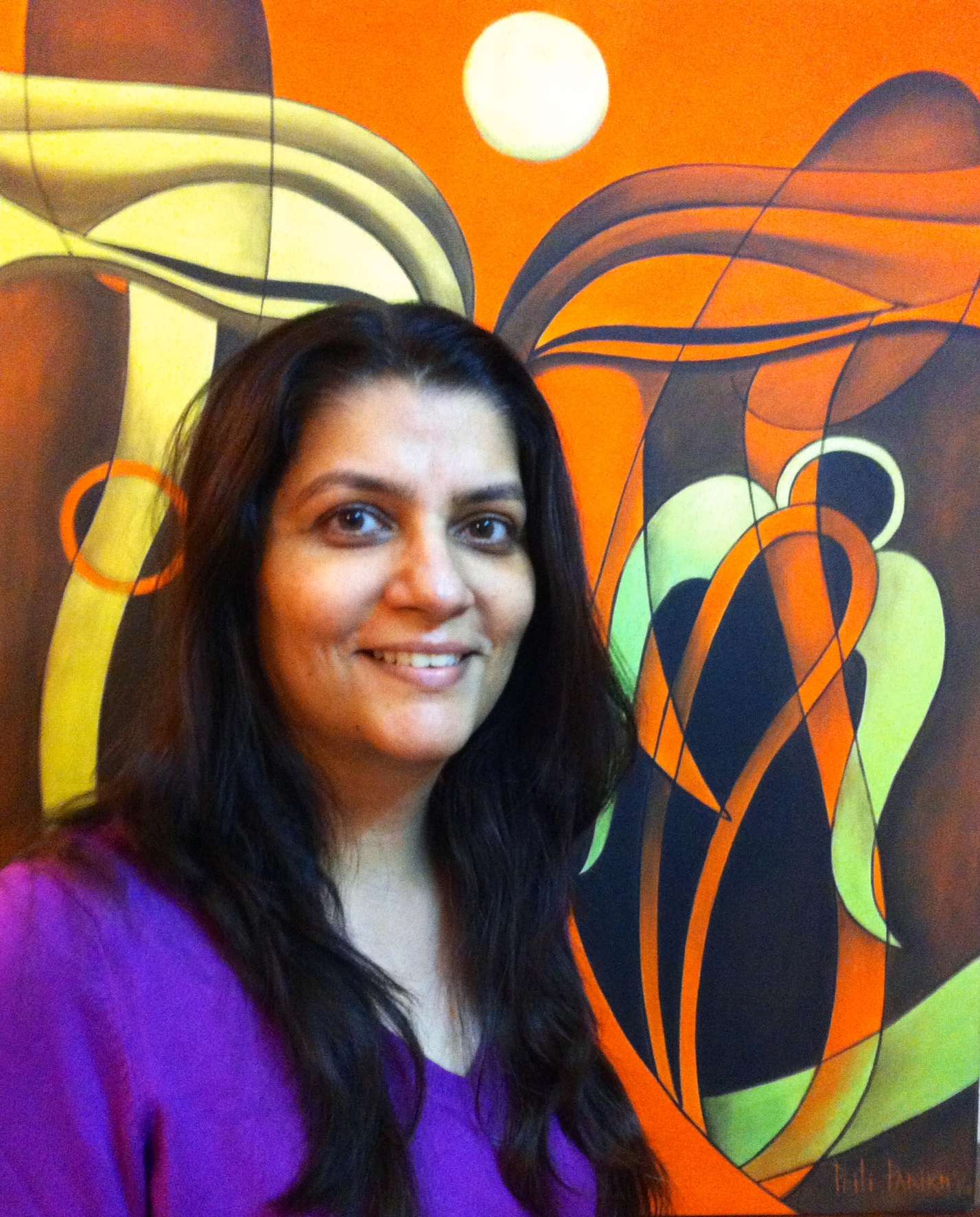
What are Figurative Paintings?
Also known as ‘Figurativism’, Figurative paintings are known to represent an art form that has derived from real-life sources. In India, they are known as the art form which is a representational painting style- but varies from that of contemporary art.
While it is known to represent and illustrate modern art with rooted reference to that of the real world. The artform of figurative paintings is a combination of lines, shape, and color- all inspired by real life. The illuminations also play a crucial role in the canvas that features figurative paintings. Other basic important features are mass, volume, and textures, which work with the artists' perspective.
Tips & Tricks to create a Figurative Painting masterpiece
1. Take inspiration from real-life
The most common response you'll get from any trained artist, especially one with an academic background, is that you must learn from life. It's a good idea to start somewhere when you're young. If that place is drawing comic books, movie posters, or celebrities, it's fantastic. That is not a problem for me. Start drawing from life once you've gotten comfortable with your supplies. You must observe how light falls on a face and creates shadows on the opposite side. You must understand how light bounces off a surrounding object and casts secondary light onto the body.
You should see how the inner parts of limbs are warmer when they intersect and colder when they project away from the torso. To see these things, you must paint from life. Consider your eye to be a muscle. Unless you train it, it is a weak creature. You will have poor drawings and paintings if you do not receive training. Observation from life is one of the most significant figurative painting methods you can learn. The knowledge gained is priceless.
2. Use a variety of colors to paint the skin
Stop using only one color to paint your skin!!!!!! Burnt sienna is not used on white people, and white and darker-toned persons are not painted with brown. Stop being myopic and start seeing with your eyes. The most difficult aspect of painting a figure or a portrait is seeing the subtle transitions of cools, warms, darks, lights, neutrals, and so on. There isn't a single part of a body that I paint that has a straightforward formula. What I perceive is what I paint. Choosing a colour and utilizing it throughout the painting will persuade me and others that you didn't take the time to observe and, as a result, failed to present a believable, realistic painting.
3. Usage of Neutrals
There are so many figurative paintings in the orange category. People prefer to combine heats with warmth since they appear to have a synergy when utilized together. The issue is that everyone appears to be suffering from a fever. When painting figurative art, you'll need to employ neutrals to "cool" down the temperature of your work.
The temperature will be kept as low as you need it to be with neutrals. The temperature of your artwork is influenced by the surrounding surroundings. I wouldn't mind if you were still painting by candlelight like Rembrandt, but I've seen far too many fiery hot bodies in beautifully cool outside settings. It's not going to work. Match the figure to your surroundings. In your paint formulations, use neutrals.
4 Finishing early
The most common issue that prevents you from becoming a brilliant realist painter is that you finish too soon! People frequently inquire me how I achieve the degree of refinement in my work. I don't stop painting till it's finished, is the answer. You won't be able to achieve the appropriate level of human skin complexity in a single session. Some painters excel at all prima paintings and are able to imitate some of the styles.
However, if you want a refined version of realism, you must understand that it is built up in layers. To achieve the level of refinement you desire, you must be patient and continually look at the painting and make deliberate modifications. There are a variety of figurative painting approaches that can help you get there. There is no single solution, but if you spend more time on a painting, you will have more time to find things out. Please don't give up. Each painting has something to teach you. If you learn from your mistakes, they will be beneficial to you.
During Abstract Expressionism, Figurative Art was popular
The lack of figuration in Abstract Expressionism is emblematic of the postwar period, when anti-leftist politics shattered social realism's place and the humanism at the centre of the Expressionist style was shaken by World War I. With the exception of Andrew Wyeth, only a few realists acquired prominence during this time.
Though many Abstract Expressionists' works are abstract in nature, some painters reintroduced human beings into their paintings. Willem de Kooning, the renowned artist most known for his series of paintings depicting women, began work on the series in the early 1950s. The employment of figures was critical for de Kooning in depicting the history of Western art. His example would have been tremendously influential, but as colorful abstraction grew in popularity and patronage backing in the 1950s, de Kooning's decision to continue with realistic works became increasingly viewed negatively.
After Abstract Expressionism, Figurative Art emerged.
Abstract Expressionism's demise prepared the door for the resurgence of figurative painting. Many painters, notably Philip Guston, began returning to figuration in the 1960s.
It is not an exaggeration to claim that artists are once again focusing on the principles of painting with the rebirth of neo-figurative paintings in the 1990s. Figurative art has withstood the test of time, rising from the ashes like a phoenix. Without a question, figurative art is a genre that will endure.
Conclusion
While you learn about figurative paintings, get yourself the best contemporary art paintings for your home and office decor. It is time you re-design your space with affordable figurative painting and get a new vibe!





















